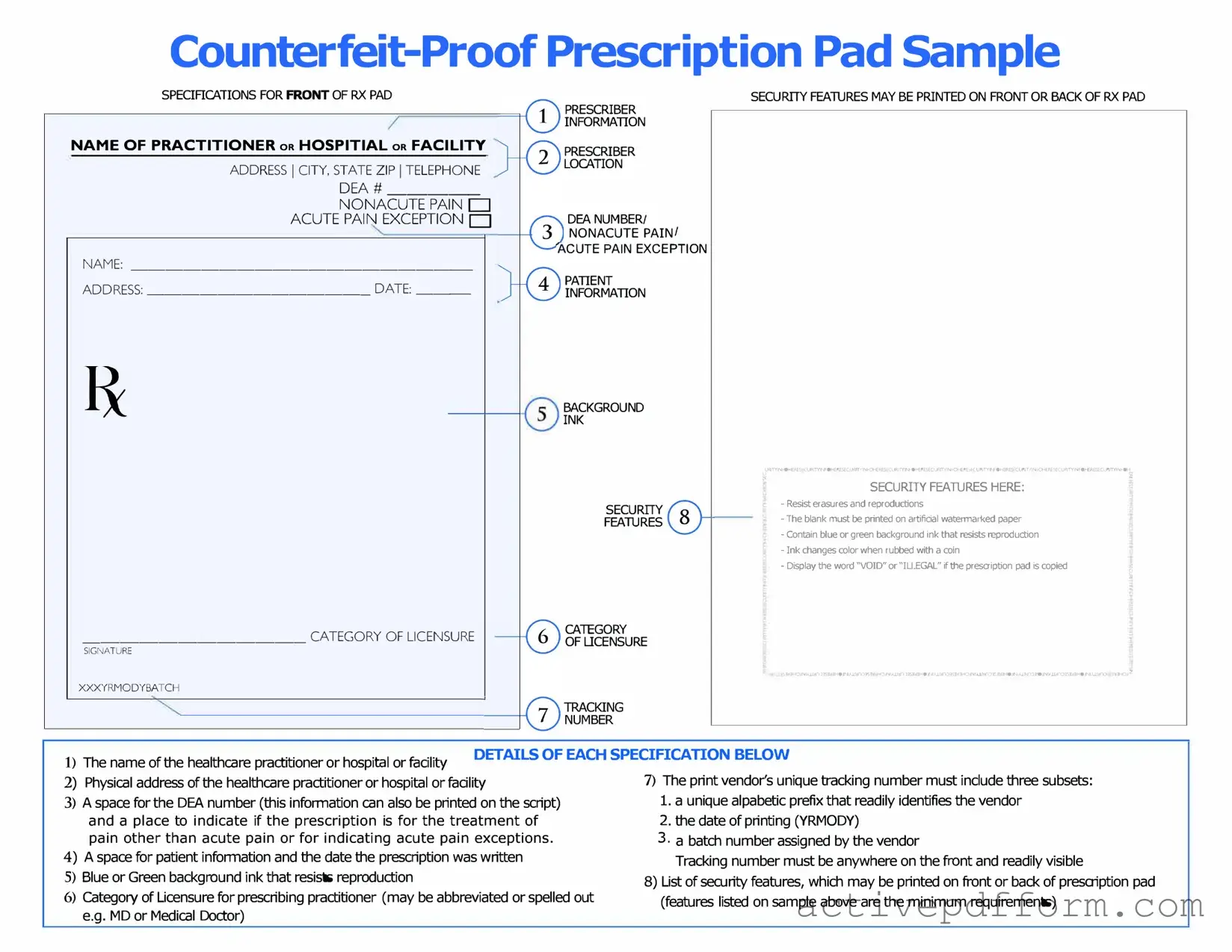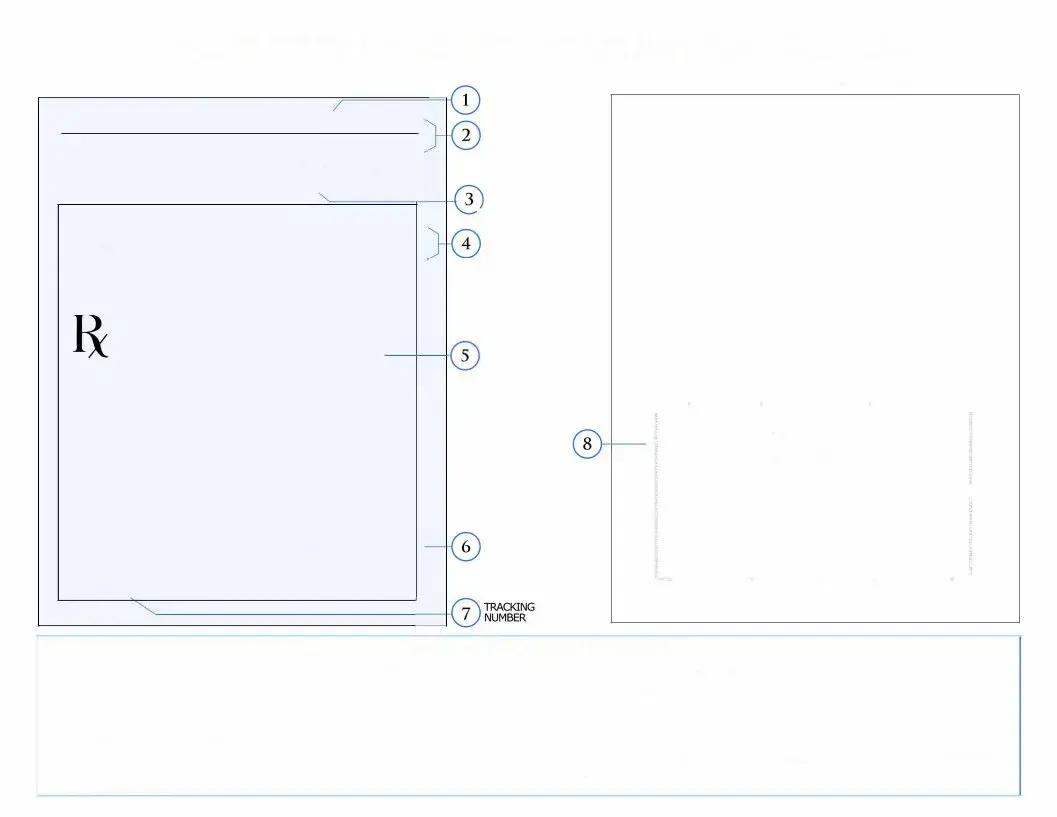Free Prescription Pad Template
The Prescription Pad form is a crucial document used by healthcare providers to prescribe medications to patients. This form ensures that prescriptions are clear, accurate, and compliant with legal requirements. Understanding how to properly fill out this form is essential for both healthcare professionals and patients alike.
To learn more and begin the process, please fill out the form by clicking the button below.
Access Prescription Pad Editor Here

